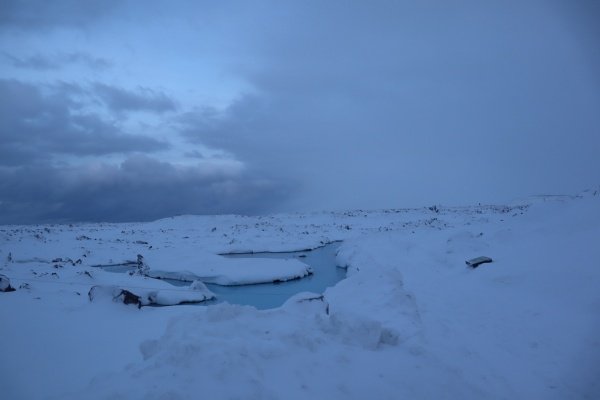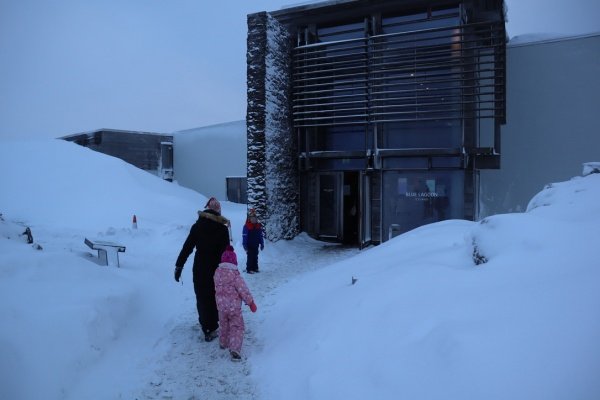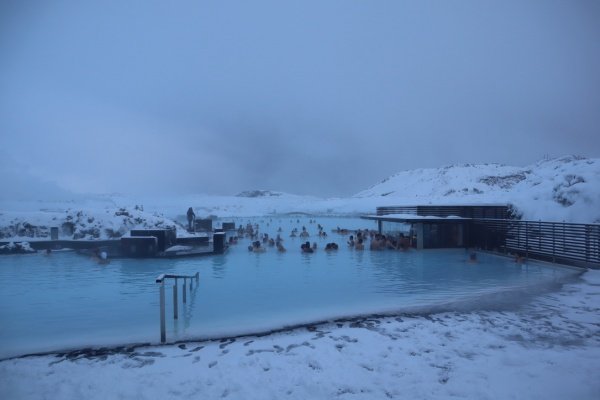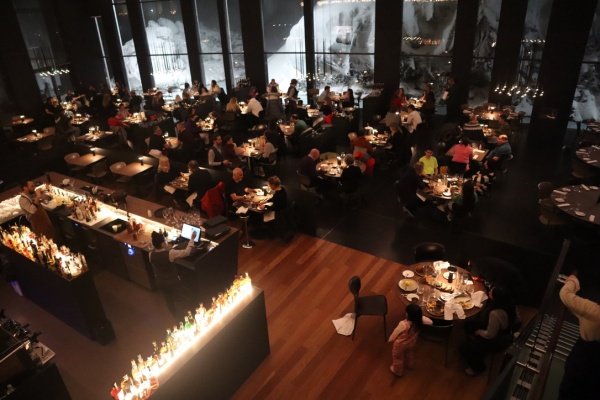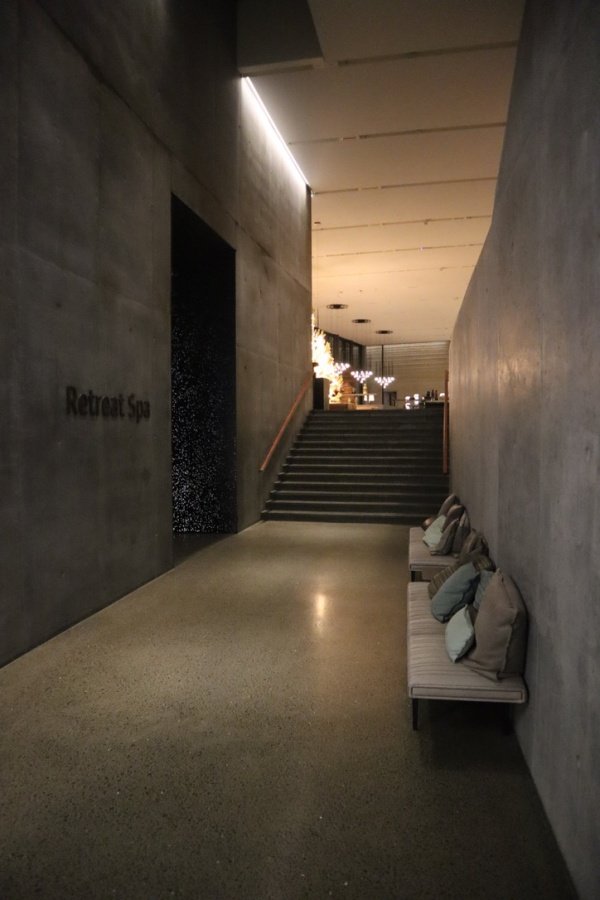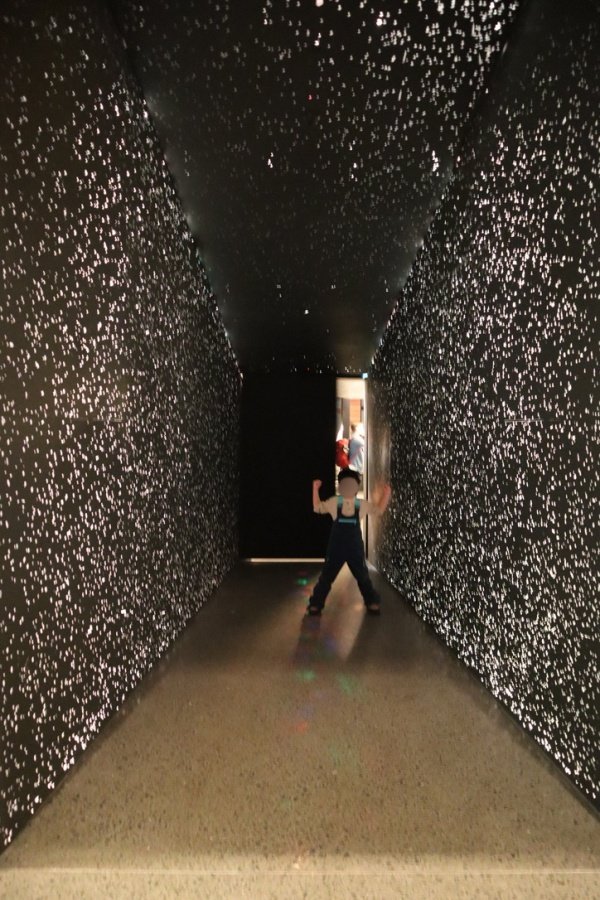Icelandic Winter Chronicles: Part 9 - New Year’s Bliss at the Blue Lagoon
Gleðilegt nýtt ár! After last night’s unforgettable New Year’s Eve celebration, today was all about relaxation. With a few options on the table, we settled on the world-famous Blue Lagoon, a place that brings Iceland’s geothermal wonders right to the surface. Located just a half-hour drive from Reykjavik, the lagoon sits on the Reykjanes Peninsula, nestled in a surreal lava field. Its milky blue water, shrouded in steam and surrounded by black volcanic rocks, feels like something out of a sci-fi movie.
Originally, we’d planned to drive around Grindavik before heading to the Blue Lagoon, but heavy snow had shut down the southern route, so we arrived directly from the north. Even with a simplified route, the landscape leading up to the lagoon set the tone—dramatic, dark lava rocks contrasting with that surreal blue water, all under a layer of mist.
A short walk from the parking lot brings you to the main building, which is a modern spa haven. This was our fifth hot spring visit on this trip, but it felt like an entirely new experience. Unlike smaller natural springs, the Blue Lagoon is practically a geothermal water park, complete with an indoor lounging area, waterfall, face-mask stations, and even a swim-up bar. While some hot springs feel rustic, the Blue Lagoon definitely leans upscale, with amenities that make the higher price feel worth it.
It’s huge, too—big enough that if the kids wander off, they might take a while to find you again! The lagoon is more like a series of pools than a single hot spring. And while the water is warm overall, there are specific “hotspots” if you want a toastier dip. The lagoon’s unique composition also sets it apart; it’s rich in minerals like silica and algae, which give the water a velvety feel and that signature pale blue color. Spa-goers apply the soft, white silica mud as a natural face mask, which is said to rejuvenate and soothe the skin.
One of the coolest aspects of the Blue Lagoon is its origin story. The geothermal water here comes from the nearby Svartsengi geothermal power plant, which draws water from around 2,000 meters underground. After the water is used to power turbines and heat homes, it’s released into the lagoon, staying warm year-round at about 37-40°C (98-104°F). So it’s not just a hot spring; it’s a recycled geothermal wonder!
Beyond just soaking in the mineral-rich water, the Blue Lagoon offers options to really elevate the experience. You can book in-water massages, visit a luxe spa, or even have a meal at the lagoon’s restaurant, Lava, which focuses on local Icelandic ingredients. If you’re planning to eat there, though, be sure to reserve well in advance. Even booking a month out, we were left with only one time slot! Other dining spots, like Moss or the Spa restaurant, are exclusive to guests of the Retreat Hotel and Retreat Spa, so it’s worth a little pre-planning to make sure you can dine in this amazing setting.
Overall, the Blue Lagoon left us thoroughly relaxed and even a bit rejuvenated. The kids had a blast floating around the huge pools, while I found myself soaking up the contrast between the steamy, mineral-rich water and the cool Icelandic air. After a week exploring Iceland’s wild landscapes, this place felt like the ultimate pause button—a true oasis in a land of ice and fire.

